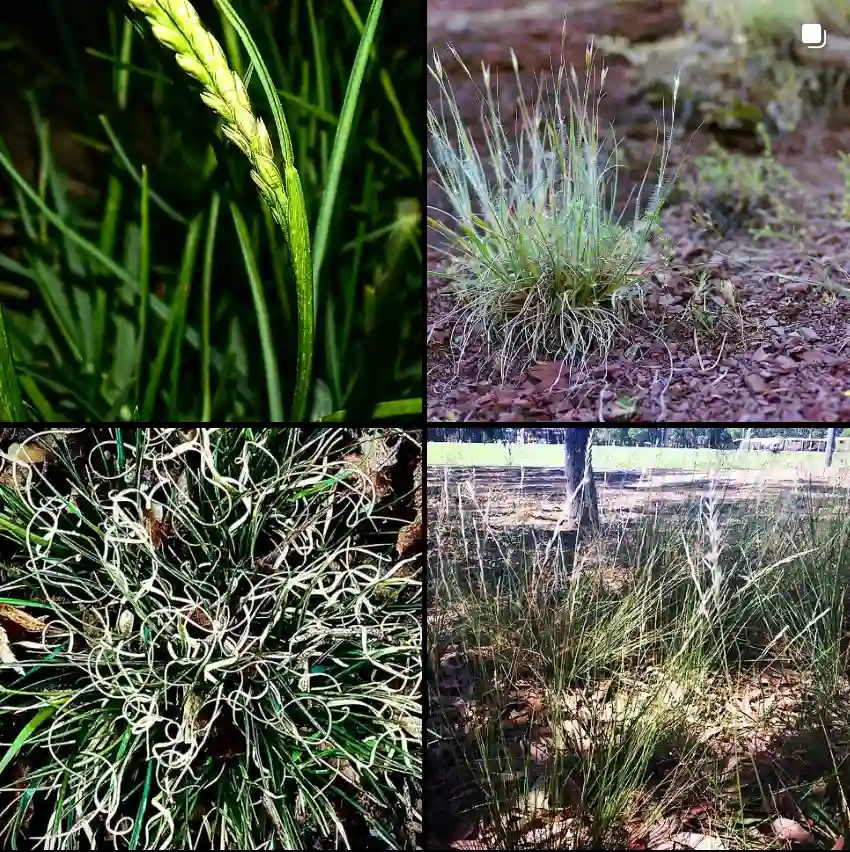
FAQs About Canna Paniculata
Canna Paniculata, often referred to as the “Canna Lily”, is a stunning tropical plant that has captured my heart. Its vibrant blooms and lush foliage add a splash of color to any garden or landscape. In this article, I’ll address some frequently asked questions about this beautiful plant based on my personal experiences.
Plant Family: Cannaceae – 12 Species in Genus Canna
What is Canna Paniculata?
Canna Paniculata is a perennial plant native to tropical regions. It belongs to the family Cannaceae and is known for its large, paddle-like leaves and showy flowers that can be red, orange, or yellow. This plant can reach heights of 4 to 6 feet, making it an excellent choice for adding height to garden beds or borders.
How to Care for Canna Paniculata?
Caring for Canna Paniculata is relatively straightforward. Here are some key points:
- Light Requirements: Canna Paniculata thrives in full sun. I’ve found that at least 6 to 8 hours of direct sunlight each day promotes the best growth and flowering.
- Soil Conditions: This plant prefers well-draining soil enriched with organic matter. When I planted mine, I mixed compost into the soil, which helped retain moisture while preventing waterlogging.
- Watering: Regular watering is essential, especially during the growing season. I aim to keep the soil consistently moist, but not soggy. Overwatering can lead to root rot, which I’ve unfortunately experienced.
- Fertilization: During the growing season, I apply a balanced fertilizer every 4 to 6 weeks. This helps support healthy growth and vibrant blooms.
How to Propagate Canna Paniculata?
Propagating Canna Paniculata can be done through division or seed. I prefer division because it’s straightforward and provides a quicker result.
- Division: In early spring, I carefully dig up the rhizomes and separate them into smaller sections, ensuring each piece has at least one eye. After replanting, I water them well to help them establish.
- Seeds: While I haven’t tried propagating through seeds yet, it’s an option for those interested. The seeds require soaking for 24 hours before planting, as this helps to soften their hard outer shell.
What to Plant with Canna Paniculata?
Canna Paniculata pairs beautifully with various plants. I’ve had great success planting it alongside:
- Elephant Ears (Alocasia): Their dramatic leaves complement the tall stature of Canna Paniculata.
- Coleus: The colorful foliage of Coleus provides a vibrant backdrop for the Canna flowers.
- Ferns: Adding ferns creates a lush, tropical feel, enhancing the overall aesthetic of the garden.
Is Canna Paniculata Toxic?
One common concern is toxicity. Fortunately, Canna Paniculata is generally considered non-toxic to pets and humans. I often have my dog roaming around the garden without worry. However, as with any plant, it’s best to discourage ingestion.
Benefits of Canna Paniculata
Canna Paniculata offers several benefits:
- Aesthetic Appeal: Its stunning flowers and lush foliage create a vibrant focal point in any garden.
- Attracts Pollinators: I’ve noticed bees and butterflies flocking to the flowers, making it a great choice for those looking to support local wildlife.
- Erosion Control: The robust root system helps prevent soil erosion, making it a practical choice for sloped landscapes.
Common Problems with Canna Paniculata
While Canna Paniculata is relatively easy to care for, it does have a few common issues:
- Fungal Diseases: Overwatering can lead to fungal issues. I’ve found that ensuring good airflow and not overcrowding plants helps prevent this.
- Aphids and Spider Mites: These pests can sometimes invade. I usually combat them with insecticidal soap or neem oil, which I’ve found effective.
Comparing Canna Paniculata to Other Cannas
Canna Paniculata can often be confused with other varieties of Canna lilies. Here are a few distinctions:
- Canna indica: This species is similar in appearance but tends to have smaller flowers and shorter growth. In my experience, Canna Paniculata blooms longer throughout the season.
- Canna Tropicanna: While both have striking foliage, Tropicanna is more compact and features variegated leaves, making it a great option for smaller gardens.
Conclusion
Canna Paniculata has become a staple in my garden, and I hope this FAQ has provided valuable insights into its care and benefits. With the right conditions, this plant can flourish, bringing vibrant color and life to any space. Whether you’re a seasoned gardener or just starting, I encourage you to consider adding Canna Paniculata to your collection. Its beauty and ease of care are sure to impress!
If i die, water my plants!



